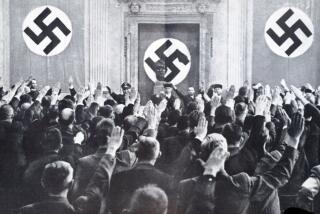NONFICTION - Sept. 19, 1993
- Share via
CRIME AND PUNISHMENT IN AMERICAN HISTORY by Lawrence Friedman (Basic Books: $30; 546 pp.). As in his earlier book “A History of American Law,” Stanford law professor Lawrence Friedman here has tackled an enormous, unwieldy subject through a seemingly endless series of historical vignettes. These miniature essays succeed to various degrees--Friedman convinces the reader of his overall (and fairly obvious) point that crime is intrinsic to this country’s culture . . . “our evil twin,” as Friedman puts it, “a part of the American story, the American fabric.” He shows how crime in the U.S. has changed over the years: very much tied to religion in the 17th Century, with “crime” and “sin” being virtually synonymous; encouraged by the social and physical mobility of the 19th Century, which bred crimes like bigamy and swindling; redefined in the early 20th Century, Victorian moralists inspiring spasms of legislation and enforcement against gambling, sexual liberty and eventually (only for a time, and of course counterproductively) alcohol. “Crime and Punishment in American History” is more reference book than cherished companion, which is to say that even dedicated crime buffs are advised to approach it by way of the index. This back-door route allows the reader to go directly to the book’s gems, such as an account of the dairy industry’s long and successful campaign against oleomargarine, which wasn’t fully legal in every state.
More to Read
Sign up for our Book Club newsletter
Get the latest news, events and more from the Los Angeles Times Book Club, and help us get L.A. reading and talking.
You may occasionally receive promotional content from the Los Angeles Times.







